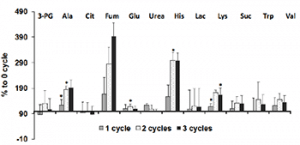Context
Staphylococcus aureus is a versatile human pathogen, which causes a wide range of diseases including wound infections, toxic shock syndrome (TSS). In combination with genomics, transcriptomics, and proteomics, the metabolomics approach promises to deliver a global view and a better understanding of regulatory systems, dynamics ranges and the control of metabolic pathways. In this work [1], the goal was to develop a protocol for the investigation of the S.aureus metabolome [1]. Microbial metabolomics, requires efficient and reliable methods for sample preparation thereby enabling the design of an optimal sampling protocol for the analysis of intracellular metabolites. For the cell wall disruption a glass beads (Precellys®24) as well as a bead mill cell disruption method Microdismembrator) was tested and compared [1].
[1] H. Meyer et al, A protocol for the investigation of the intracellularStaphylococcus aureus metabolome, Analytical Biochemistry, volume 401, issue 2, pages 250-259.
Materials
- Precellys®24vs Micro-dismembrator.
- Precellys kit: 03961-1-005 (0.1mm glass beads).
- Competitor kit: 7mm bead (tungsten carbide).
- Sample: 1 mL of cell suspension from exponential growth phase.
Protocol
- Fast vacuum dependent filtration to separate cells and medium.
- Precellys®24: 6800 rpm, 1-3 cycles x 30s vs competitor: 2 min at maximum speed.
- Extraction of metabolites using water or 60% (w/v) ethanol.
- Analysis of intracellular metabolites by GC/MS and LC/MS using standardized protocols.
Results
For the gram-positive bacterium S.aureus a mechanical cell disruption is necessary, since the cell wall will not break up sufficiently using only an organic solution. The comparison of both mechanical disruption, using water as an extraction solution, showed that Precellys is more efficient [1]. In addition the Precellys method after metabolite extraction by 60% (w/v) ethanol was optimized by the addition of several cycles. Two cycles at 6800 rpm for 30s were adopted for the cell disruption part of the protocol for S.aureus metabolome analysis (Fig.1), since a higher number of cycles could not obtain higher metabolite concentrations.

Cell disruption effectiveness dependent on the cycle number of the glass bead method (each cycle is 30s at 6800 rpm in a Precellys homogenizer) Percentage of relative metabolite concentration is shown for no cycle (defined as 100%) (X-axis) and compared to 1,2,3 cycles for each metabolite (Y-axis). Significant difference by two-tailed t test, P<0.1. Cells were harvested in exponential growth phase and metabolites were extracted with 60% (w/v) ethanol.

